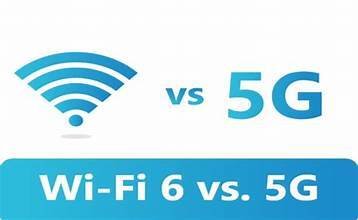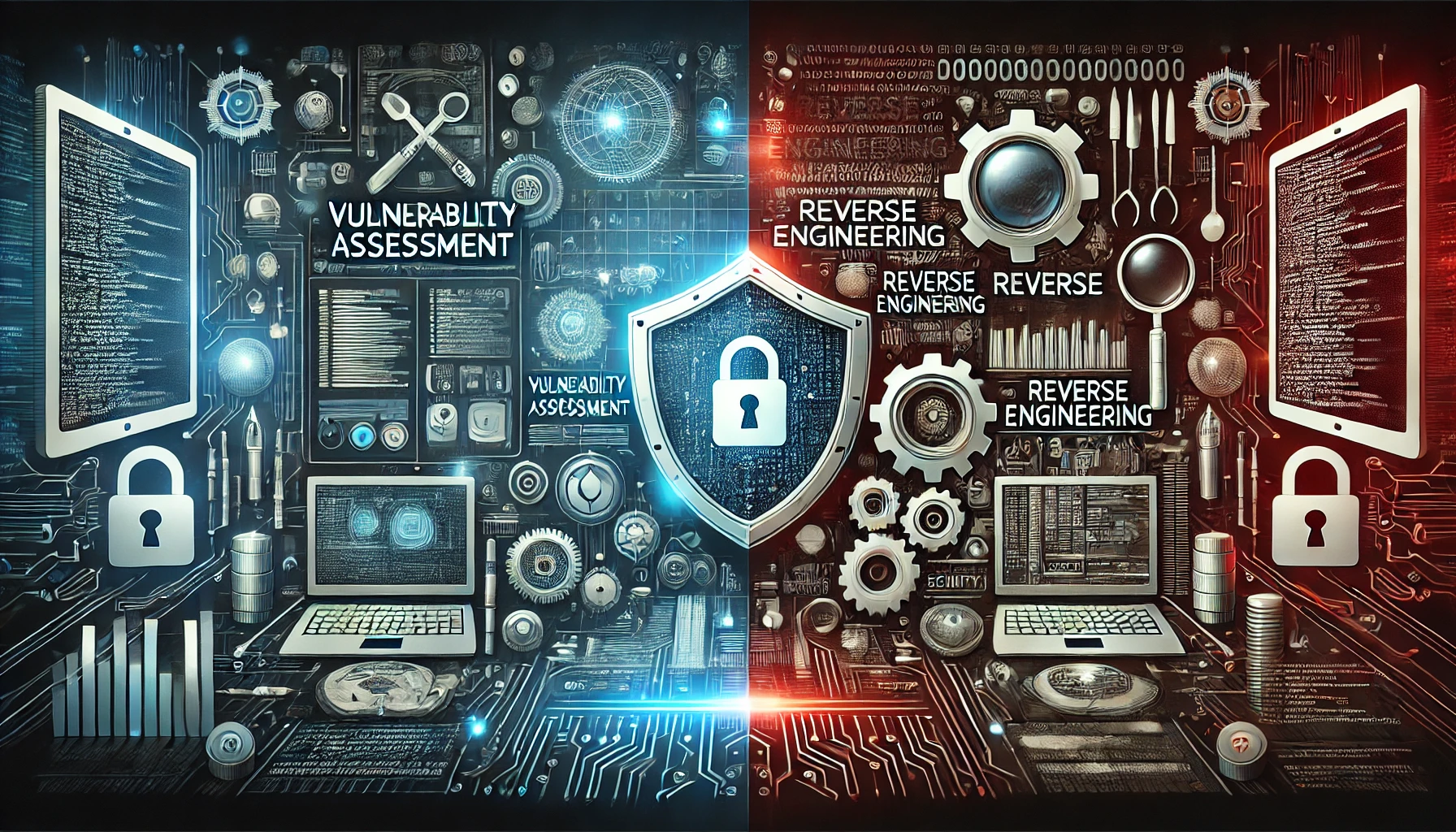5G vs. Wi-Fi 6: What’s the Difference?
In the world of wireless connectivity, two groundbreaking technologies are reshaping how we connect to the internet: 5G and Wi-Fi 6. Both offer remarkable improvements over their predecessors, but understanding the differences between them is crucial for users and businesses alike. Let’s explore these two technologies in detail and see how they stack up.
What is 5G?
5G is the fifth generation of mobile networks. It’s designed to provide faster data speeds, ultra-low latency, and greater capacity, making it a game-changer for mobile communications. Unlike earlier generations (3G and 4G), 5G isn’t just about faster internet. It’s a comprehensive upgrade aimed at enabling IoT (Internet of Things) devices, smart cities, autonomous vehicles, and other cutting-edge technologies.
Key Features of 5G
- Speed: 5G can reach speeds up to 10 Gbps, allowing users to download HD movies in seconds.
- Low Latency: 5G offers latencies as low as 1 millisecond, crucial for real-time applications like gaming and remote surgeries.
- Mass Connectivity: 5G can support up to 1 million devices per square kilometer, facilitating massive IoT networks.
- Wider Coverage: 5G uses a mix of spectrum bands, including high-frequency millimeter waves, to provide better coverage and reliability.
What is Wi-Fi 6?
Wi-Fi 6, or 802.11ax, is the latest version of the Wi-Fi standard, aimed at improving wireless performance in crowded environments. It’s designed to handle the growing number of devices connected to home and business networks, ensuring faster speeds, increased efficiency, and reduced latency.
Key Features of Wi-Fi 6
- Speed: Wi-Fi 6 can deliver speeds of up to 9.6 Gbps, offering a significant boost over Wi-Fi 5.
- Increased Capacity: It uses technologies like OFDMA (Orthogonal Frequency-Division Multiple Access) and MU-MIMO (Multi-User, Multiple-Input, Multiple-Output) to serve more devices simultaneously.
- Efficiency: With features like Target Wake Time (TWT), Wi-Fi 6 conserves battery life on connected devices by scheduling when they wake up to send and receive data.
- Improved Security: Wi-Fi 6 supports WPA3 encryption, offering enhanced protection against cyber threats.
5G vs. Wi-Fi 6: Major Differences
- Coverage Area
- 5G: Covers a broader area, relying on cell towers and other infrastructure to provide seamless connectivity over long distances.
- Wi-Fi 6: Limited to local networks, typically within homes, businesses, or public spaces.
- Use Cases
- 5G: Ideal for mobile applications like smartphones, smart vehicles, and IoT devices. It enables continuous connectivity on the go.
- Wi-Fi 6: Suited for high-performance internet use in fixed locations like offices, homes, and public Wi-Fi spots, ensuring stable connections.
- Deployment
- 5G: Requires extensive infrastructure investment, including the installation of new cell towers and antennas.
- Wi-Fi 6: Easier and cheaper to deploy as it involves upgrading routers and access points, without the need for major infrastructure changes.
- Speed & Latency
- Both technologies offer impressive speeds and low latency, but Wi-Fi 6 is optimized for close-range performance, while 5G shines in wide-area mobile connectivity.
Which is Better?
There’s no one-size-fits-all answer to this. 5G is better suited for large-scale mobile networks and IoT applications, while Wi-Fi 6 is ideal for home and office environments where stable, high-speed internet is needed.
For businesses, understanding the difference between 5G and Wi-Fi 6 can help optimize network infrastructure, ensuring the best technology is used for the right purpose.










